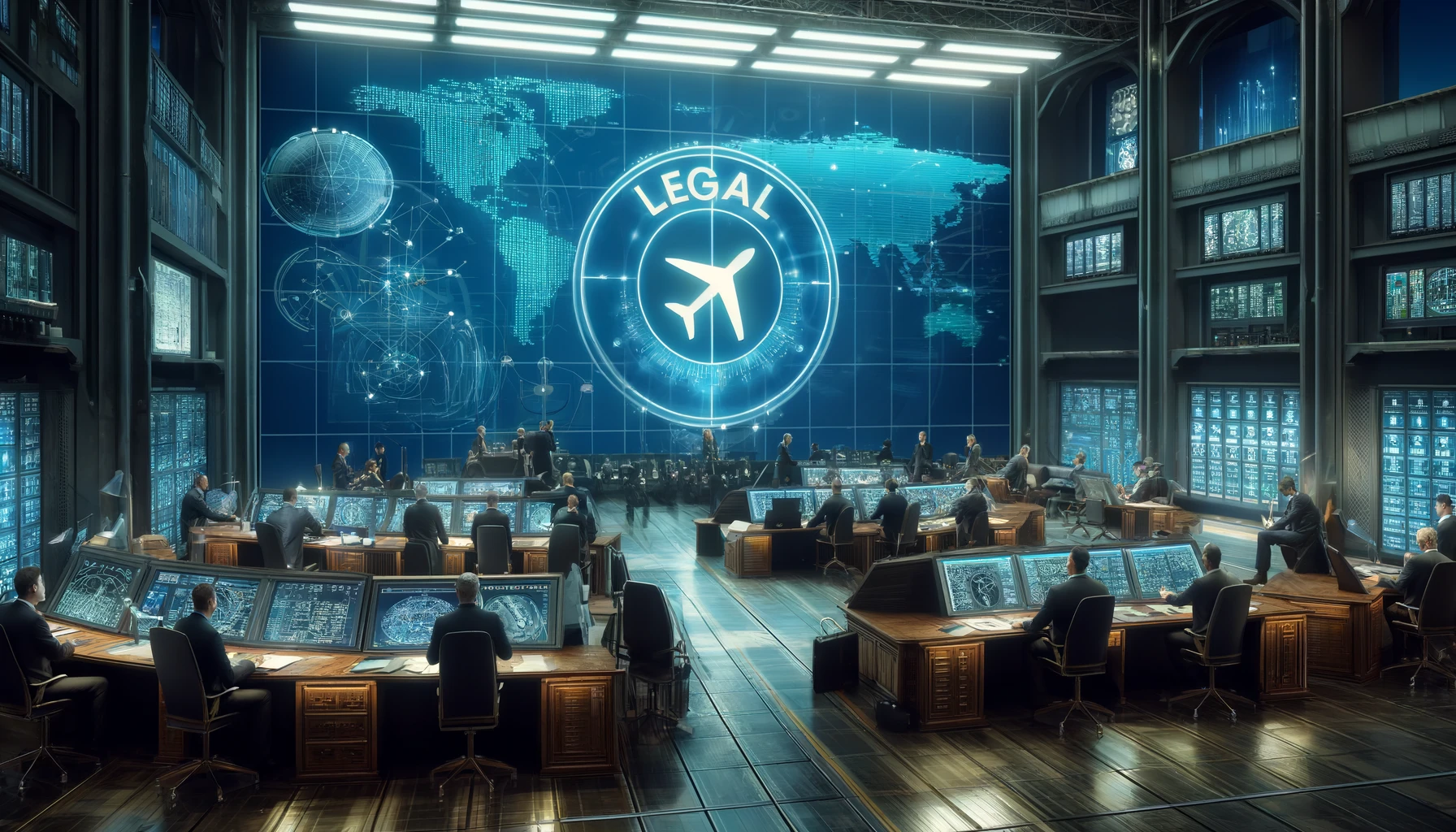The tapestry of international aviation law is a complex and dynamic framework, woven from treaties, conventions, national legislation, and the pronouncements of international organizations. This intricate legal architecture governs the movement of aircraft across national borders, ensuring safety, security, and the orderly development of global air transport. Understanding this framework is crucial for navigating the multifaceted landscape of international aviation.
At the heart of this legal edifice lies the Chicago Convention of 1944, a landmark treaty that established the International Civil Aviation Organization (ICAO). This specialized agency of the United Nations serves as the principal architect and administrator of international aviation standards and recommended practices (SARPs). These SARPs, encompassing a broad spectrum of areas from airworthiness and air traffic management to security protocols and environmental protection, provide a harmonized regulatory foundation for global aviation. By setting universal standards, ICAO facilitates interoperability between national aviation systems, fostering seamless and safe international air travel. The organization’s role extends beyond standard-setting to encompass technical assistance and capacity-building, ensuring that all member states, regardless of their developmental stage, can effectively implement these crucial standards.

Beyond ICAO’s influence, a network of bilateral and multilateral air service agreements (ASAs) governs the exchange of traffic rights between states. These agreements delineate the routes airlines can fly, the frequency of flights, and other commercial aspects of international air services. ASAs are crucial instruments in liberalizing air transport markets, fostering competition and connectivity. However, they also reflect the delicate balance between national sovereignty and the desire for open skies. The evolution of these agreements has seen a gradual shift towards greater liberalization, promoting open skies policies that encourage competition and benefit consumers.
The legal framework also addresses crucial issues such as liability for aircraft accidents, the suppression of unlawful acts against civil aviation, and the environmental impact of air transport. The Warsaw Convention system, a series of treaties addressing liability for passenger injuries and cargo damage, provides a crucial framework for compensating victims of aviation accidents. Furthermore, international conventions such as the Montreal Convention of 1999 have modernized and strengthened the liability regime, ensuring more equitable compensation for passengers. The issue of aviation security has also gained prominence, with international instruments designed to prevent acts of terrorism and other unlawful interference with civil aviation. These instruments mandate security measures at airports and on aircraft, aiming to safeguard passengers and crew.
The increasing focus on environmental sustainability has also shaped the evolution of international aviation law. ICAO has played a leading role in addressing the environmental impact of aviation, particularly greenhouse gas emissions. Through initiatives such as the Carbon Offsetting and Reduction Scheme for International Aviation (CORSIA), ICAO aims to mitigate the industry’s contribution to climate change. This reflects a growing recognition of the need to balance the benefits of air travel with the imperative of environmental protection.

International aviation law is a complex and evolving field, reflecting the dynamic nature of the aviation industry itself. From the foundational principles established by the Chicago Convention to the ongoing efforts to address security and environmental challenges, this legal framework is essential for unlocking the skies and ensuring the safe, secure, and sustainable growth of global air transport. It represents a continuous process of adaptation and refinement, responding to the ever-changing demands of a globally interconnected world.
For more aviation law insights, visit ouraviation insurance article.
Source:
IATA
The Principles and Practice of International Aviation Law

